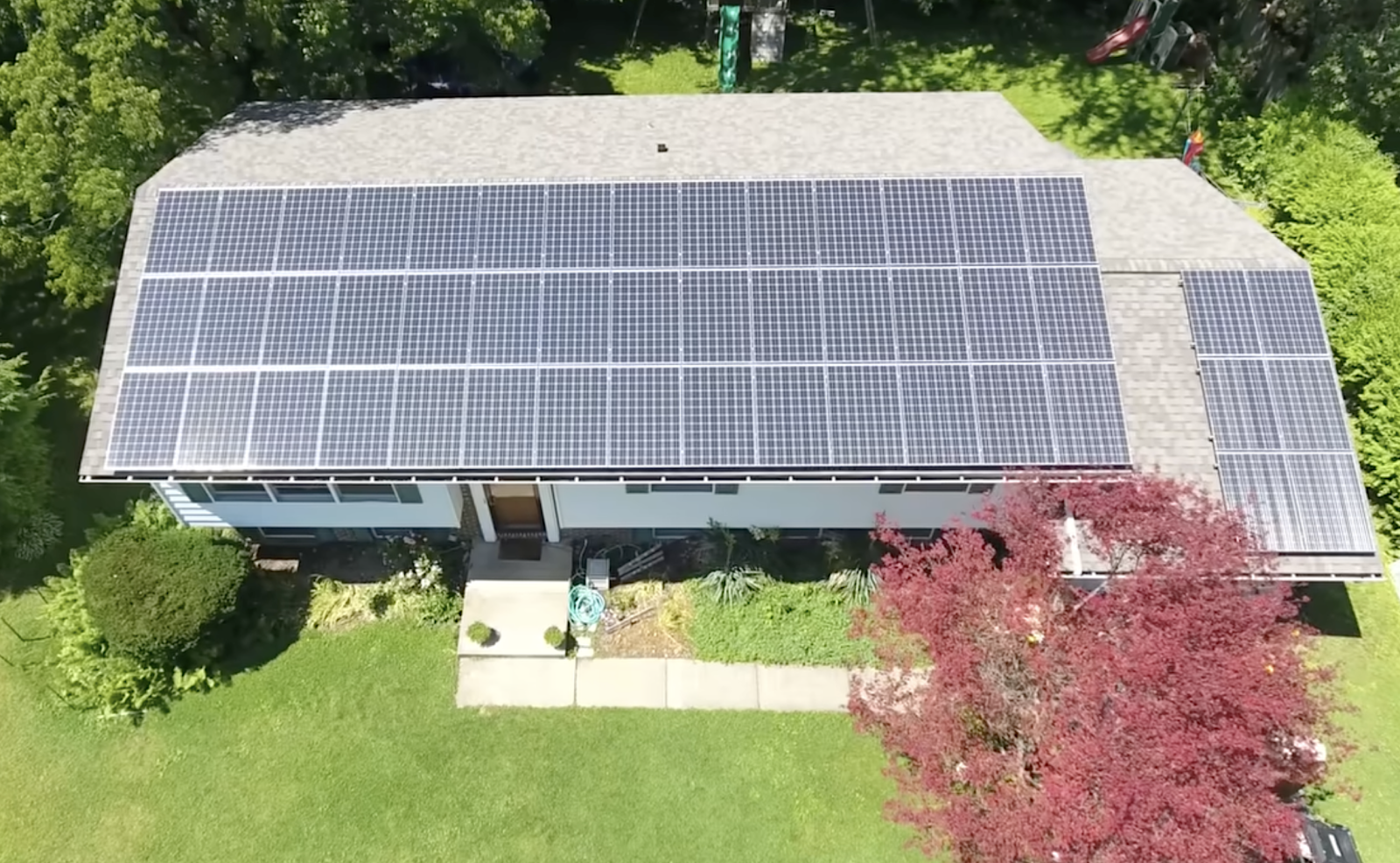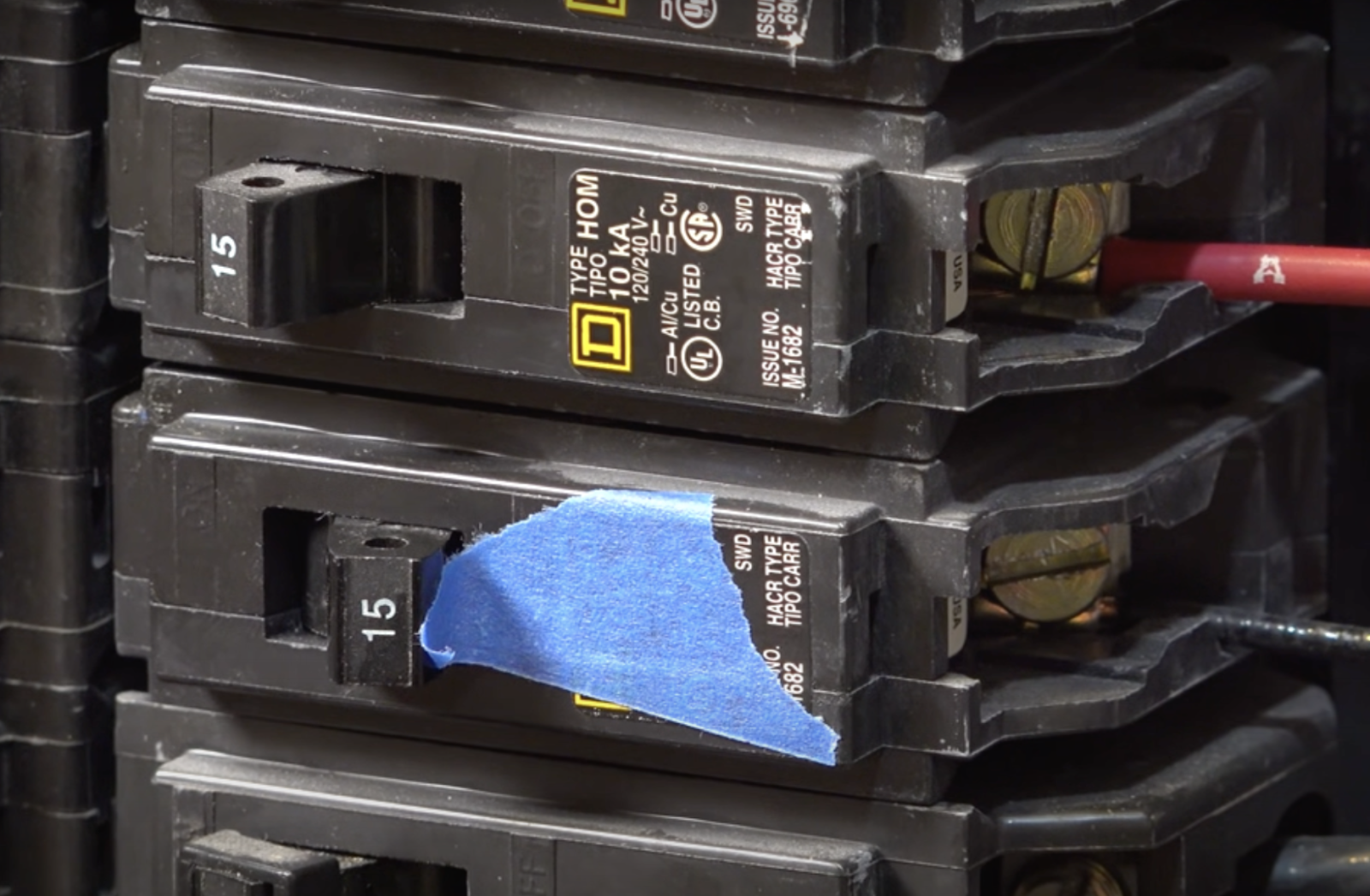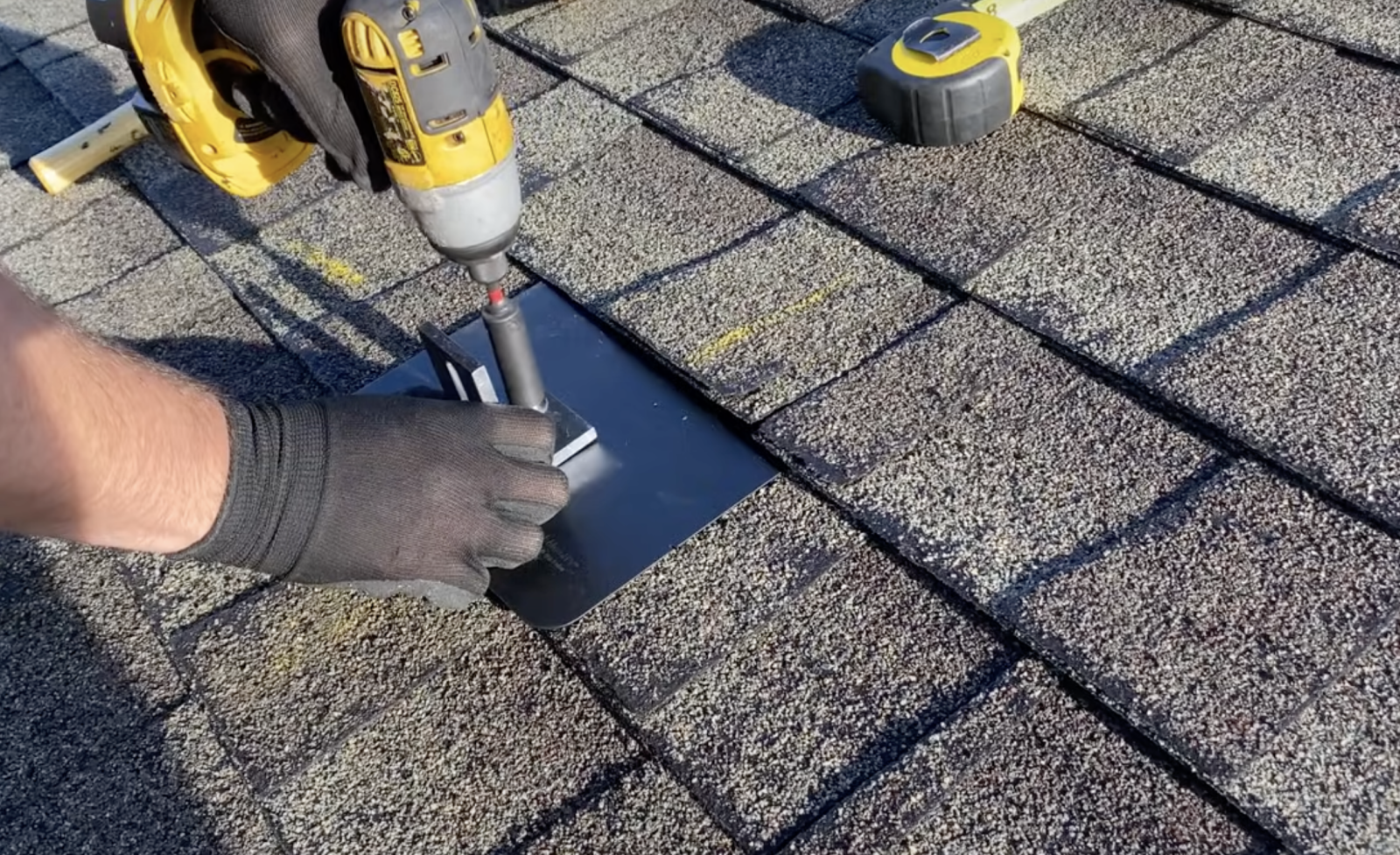The Logistics of Residential Retrofitting for Solar Energy
As clean energy adoption continues to grow, the logistics of retrofitting existing buildings for solar energy have become an important topic for homeowners looking to reduce their carbon footprint and capitalize on financial incentives. Retrofitting, the process of upgrading existing homes to integrate solar energy systems, offers a path toward sustainability. It also presents unique logistical challenges. With an influx of policies like the Inflation Reduction Act (IRA) encouraging green transitions, now is the perfect time for homeowners to consider solar energy and whole-home decarbonization retrofits. However, understanding the complexities of retrofitting is key to a successful and cost-effective installation.

Understanding the challenges
Retrofitting a home for solar energy is far more than simply installing panels on the roof. There are several challenges homeowners need to be aware of, primarily related to the building’s existing structure and the availability of qualified contractors and parts.
1. Building age and structural considerations: Many homes were designed with something other than solar energy in mind. For older buildings, retrofitting may require reinforcement of roofs or electrical upgrades to handle the additional load from solar panels and inverters. An assessment of the building’s infrastructure is a crucial first step in determining its solar readiness. Homes with older wiring or weakened structural components may require significant upgrades, adding to the complexity and cost of the retrofit.
2. Qualified contractors: The availability of skilled contractors is another key challenge. Solar retrofits require expertise across multiple disciplines, from electrical work to roof installations. Homeowners should work with certified professionals who have experience in both the installation of solar panels, and the potential structural reinforcements or adjustments that may be necessary. The importance of finding experienced contractors cannot be overstated — poor installation can lead to system inefficiencies, or even damage to the home.
3. Supply chain and parts availability: As the demand for solar energy systems grows, supply chain issues can create delays in obtaining the quality parts necessary. Solar panels, inverters, and energy storage solutions are in high demand, and shortages can stall projects. Ensuring that all components are available before starting the retrofit process can help avoid disruptions and ensure the project stays on schedule.
Navigating financial incentives
One of the key reasons now is the ideal time for retrofitting is the abundance of financial incentives available. The Inflation Reduction Act (IRA) has made it significantly more affordable for homeowners to invest in solar energy systems. Homeowners can take advantage of a 30 percent federal tax credit on solar installations; depending on the state and local jurisdiction, additional incentives like rebates, grants, or utility credits may apply.

The IRA, combined with local initiatives, has opened the door for many homeowners to make the switch to solar with far less upfront cost. This opportunity has also spurred innovation in financing options, such as solar loans and leases, allowing homeowners to spread the cost over time while immediately enjoying the benefits of reduced energy bills.
While solar retrofitting can be expensive upfront, the return on investment (ROI) is typically realized within 5-10 years, thanks to the significant reduction in energy costs. In some cases, depending on the region, homeowners can even sell excess energy back to the grid to further offset costs. Additionally, the long-term benefits of reduced reliance on fossil fuels and a lower carbon footprint make retrofitting an attractive option for environmentally conscious homeowners.
Commercial vs. residential retrofits
While this article focuses on residential retrofits, it is worth noting that the logistical challenges for commercial solar retrofits can vary significantly. Commercial buildings often have larger, more complex energy needs, and the installation process may require different permits and approvals. Additionally, the ROI for commercial projects may be quicker, depending on the size of the system and local incentives, as businesses can often offset larger energy costs. Further, certain jurisdictions, like Denver, have enacted ordinances and a timeline for buildings to decarbonize and reduce their footprint.
For homeowners, however, the focus should remain on choosing a solution that maximizes the available incentives and balances long-term sustainability with cost considerations. Homeowners who start with solar can eventually explore additional renewable energy solutions, such as geothermal systems, for a more comprehensive green energy strategy.
Timelines and expectations
When considering a solar retrofit, it is important to set realistic expectations about timelines and the scope of the project. For a straightforward solar installation, the process can be completed in as little as a few days to a couple of weeks, depending on the availability of contractors, parts, and local permits.
However, if additional renewable energy solutions are included, such as geothermal systems, the timeline may extend to several months. This is because geothermal systems require
excavation and other significant modifications to the property. While this adds to the complexity of the project, it also helps to provide a more complete decarbonization and deeper reduction in energy costs. As a result of the IRA, more incentives are being offered to make the switch to geothermal. By setting clear expectations, homeowners can ensure a smoother experience and avoid potential frustrations during the installation process.

The future of solar retrofitting
Looking ahead, the future of solar retrofitting is poised to become more accessible and affordable. Advances in technology are making solar panels more efficient, while policies such as the IRA are driving down the cost of installations. Furthermore, as supply chain challenges ease and the availability of skilled contractors improves, we can expect the process of retrofitting homes for solar energy to become simpler and more streamlined.
For homeowners considering making the switch to solar energy, now is an ideal time. The financial incentives available through the IRA, combined with the environmental and long-term cost benefits, make solar retrofitting a logical choice for anyone looking to invest in a sustainable future.
Daniel E. Chartock is Chief Growth Officer and EVP of Operations of GeoSolar Technologies Inc., a company that specializes in retrofitting homes with energy systems using solar and geothermal sources for improved energy efficiency and greater independence from the grid.
GeoSolar Technologies Inc. | www.geosolarplus.com
Author: Daniel E. Chartock
Volume: 2024 November/December











.png?r=6226)
